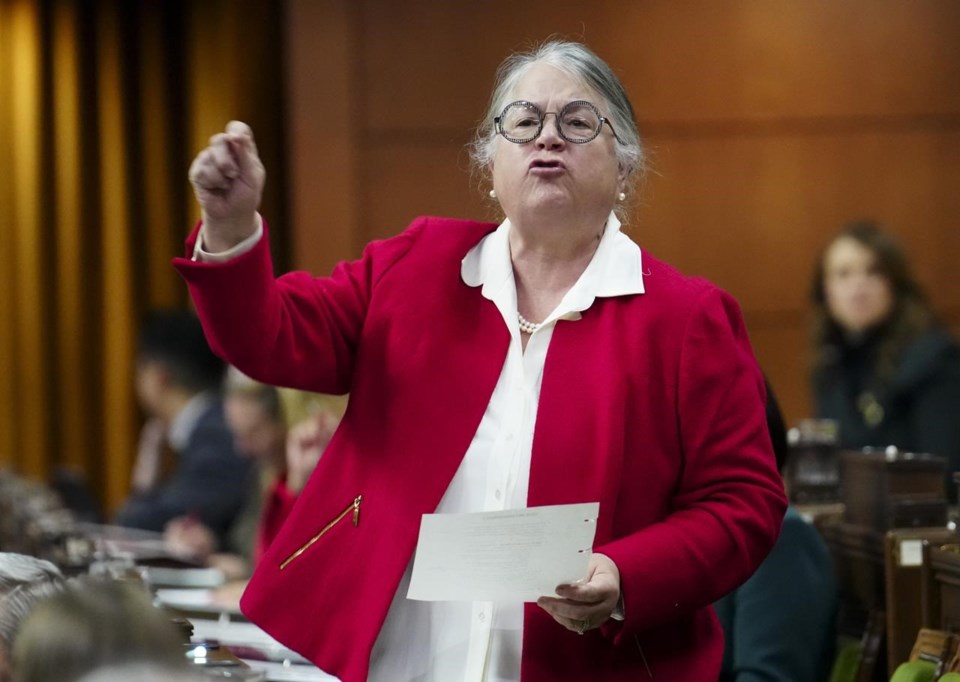RIVIERE-AU-RENARD, Que. — Nearly three decades after a moratorium was put in place, the commercial redfish fishery is set to reopen in Quebec and Atlantic Canada this year, Fisheries Minister Diane Lebouthillier announced Friday.
"Our government understands the historical importance of the redfish fishery and the economic impact the moratorium had on coastal communities across Atlantic Canada and Quebec," Lebouthillier said. "Based on the latest science, the redfish stock in Unit 1 is healthy enough to allow for increased harvest in the coming years."
In 1995, a moratorium was imposed on the fishery due to low stocks in a section of the Gulf of St. Lawrence known as Unit 1, stretching from the western coast of Newfoundland across to Quebec’s Gaspé Peninsula and down toward the northern tip of Cape Breton.
While the minister was not able to provide a breakdown by province, Nova Scotia will get the largest portion of the overall quota — set at at least 25,000 tonnes during a first phase of two years.
There will also be a 10-per-cent allocation each for shrimp harvesters and Indigenous harvesters looking to get into redfish fishing.
“This figure is not only consistent with the preliminary scientific recommendations of the (Fisheries Department), but also constitutes the maximum quantity that the industry tells us it can transform at this stage,” the minister told a news conference in Quebec's Gaspé region.
She added the phased-in restart will give time to gather data while providing the industry with more predictability to develop new markets and build processing capacity.
The second phase will look at establishing a long-term plan.
"Since the fishery has been closed for almost 30 years, we will be closely watching the participation in the fishery, the management issues that may arise and how the market for redfish develops so that we can adjust accordingly," Lebouthillier said.
The reopening of the fishery could help shrimp harvesters, who Lebouthillier acknowledged are going through tough times. She set northern shrimp quotas in 2024 at 3,060 tonnes, a significant decrease but one she said will ensure a modest fishery and permit shrimp stocks to recover.
Caroline Senay, a Fisheries Department biologist, said northern shrimp are part of the redfish diet, so reducing the number of redfish should help them.
"But ecosystems are complex, and shrimp are also having a lot of issues because of temperature," Senay told the briefing. "So we'll see how the shrimp will react, but it's not one year of fishing that (will have a) big difference, unfortunately."
Lebouthillier also announced she intends to extend the Quebec and Atlantic fisheries funds to 2026 with a priority on projects related to reviving the redfish fishery. Discussions are ongoing with provincial counterparts.
The minister said there is approximately $8 million of federal money in the fund for Quebec and $22 million in the fund for the Atlantic, to which provincial contributions are added.
This report by The Canadian Press was first published Jan. 26, 2024.
— By Sidhartha Banerjee in Montreal
The Canadian Press



